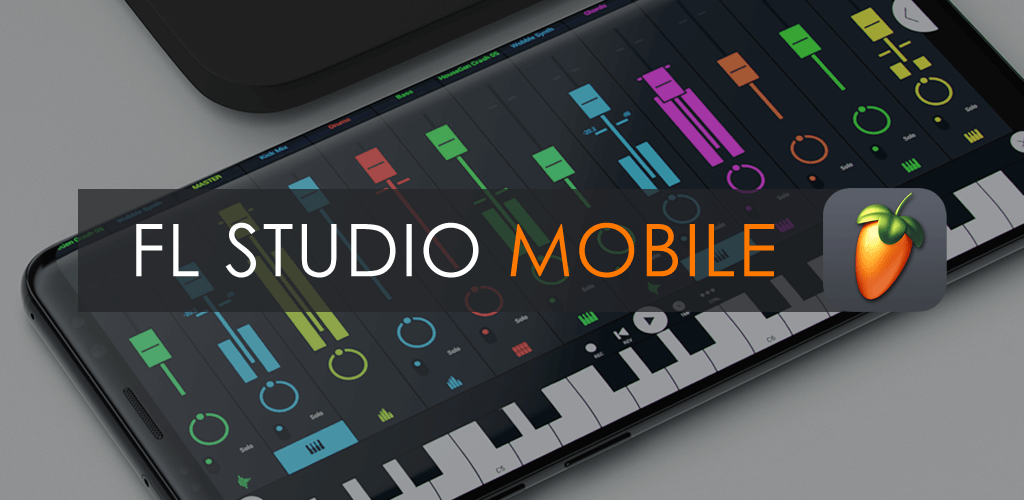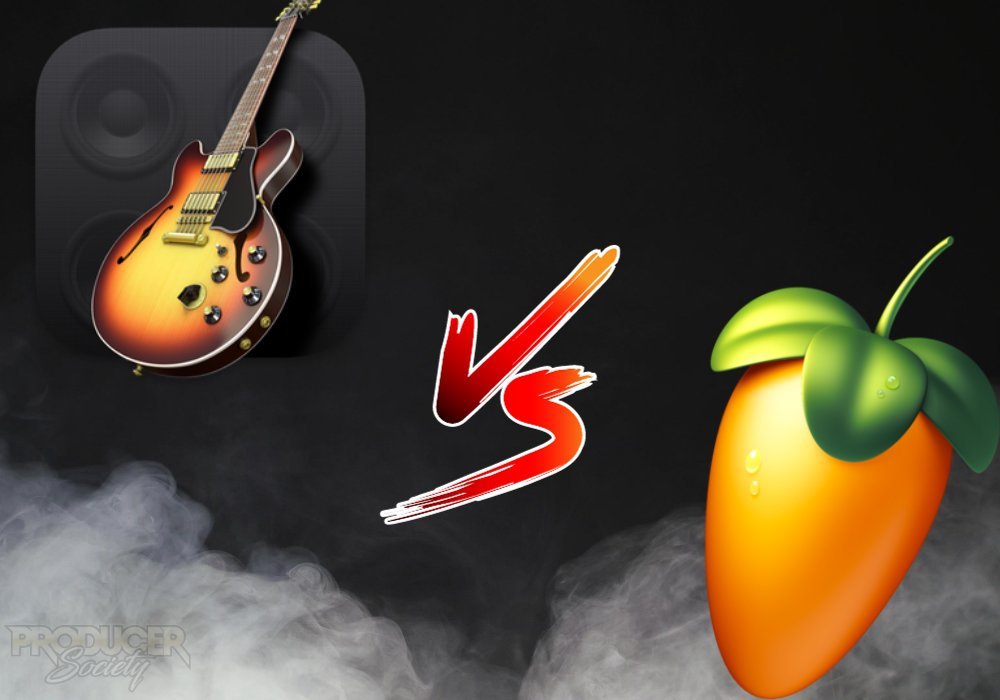FL Studio Mobile stands out in the mobile music production space due to its comprehensive features, high-quality sound engine, and integration with the desktop version of FL Studio. Here’s how it compares to other popular mobile music production apps:
1. User Interface & Workflow
- FL Studio Mobile: Known for its user-friendly interface, it provides a smooth experience for beginners and professionals alike. The layout is intuitive, with customizable workspaces that make navigating the app easy, even on smaller screens.
- Other Apps: Apps like GarageBand offer a simple interface but lack the advanced features and customizability. Caustic 3 and BeatMaker 3 provide more complexity but can feel overwhelming for new users.

2. Features & Tools
- FL Studio Mobile: Offers a rich set of tools, including a range of synthesizers, samplers, drum machines, and MIDI support. Its high-quality effects, such as reverb, delay, and EQ, bring studio-level production to mobile.
- Other Apps: GarageBand has great tools for live performance and recording but lacks advanced synthesizers. Cubasis is feature-rich, similar to FL Studio Mobile, but is more expensive and requires more resources.
3. Cross-Platform Compatibility
- FL Studio Mobile: One of its biggest strengths is the seamless project transfer between mobile and desktop versions of FL Studio. This allows producers to start a project on their phone and finish it on their computer.
- Other Apps: Apps like GarageBand and Auria Pro are limited to iOS devices and don’t offer the same cross-platform flexibility. BandLab offers cloud storage but lacks the advanced tools found in FL Studio Mobile.
4. Sound Quality & Customization
- FL Studio Mobile: Known for its high-quality sound engine, FL Studio Mobile gives users the ability to fine-tune their tracks with professional-grade audio. The app also allows importing third-party plugins and sounds.
- Other Apps: GarageBand has limited customization, while Audio Evolution Mobile and KORG Gadget offer good sound quality but don’t provide as much flexibility in terms of third-party integration.
5. Price
- FL Studio Mobile: Offers great value for its price, providing a near-desktop experience at a fraction of the cost. The app is a one-time purchase with optional add-ons.
- Other Apps: BeatMaker 3 and Cubasis are considerably more expensive, especially when factoring in in-app purchases. GarageBand is free but lacks many of the advanced features found in FL Studio Mobile.
Platform Availability
- GarageBand: Exclusively available on Apple devices, including MacBook, iPad, and iPhone.
- FL Studio: Compatible with both Windows and macOS, offering more flexibility across platforms.
Price
- GarageBand: Free for all Apple users, making it an accessible option for beginners.
- FL Studio: Available in several editions, ranging from $99 to $499, depending on the features and plugins included.
User Interface
- GarageBand: Features a simple, beginner-friendly interface, perfect for users with little to no experience in music production.
- FL Studio: Offers a more complex, feature-rich interface, tailored for experienced users who need advanced controls and customization.
Plugin Support
- GarageBand: Supports AU (Audio Units) and IAA (Inter-App Audio) plugins but does not support VST plugins.
- FL Studio: Supports a wider range of plugins, including both VST and AU, providing more versatility for producers.
Recording Abilities
- GarageBand: Very user-friendly and sufficient for most hobbyists and casual producers.
- FL Studio: Offers more advanced recording options but can be more complex and less intuitive for beginners.
MIDI Editing
- GarageBand: Provides solid MIDI editing tools like the Piano Roll, Score Editor, and Automation, though the workflow may not be the fastest.
- FL Studio: Delivers advanced MIDI editing with faster workflow controls, offering more precision and customization than GarageBand.
Integration with Other Software
- GarageBand: Integrates seamlessly with other Apple software such as Logic Pro X and Logic for iPad, making it ideal for Apple ecosystem users.
- FL Studio: Integrates well with its mobile version, though it has limited integration with other third-party software.
Sampling Rate & Buffer Sizes
- GarageBand: Fixed at 44.1 kHz, which is suitable for most users, but there are no options to adjust the sampling rate or buffer sizes.
- FL Studio: Supports sampling rates up to 192 kHz and allows users to adjust buffer sizes, providing more control over audio quality.
Accessibility and Support
- GarageBand: Includes accessibility features such as VoiceOver and Touch Bar support on macOS.
- FL Studio: More customizable, but lacks specific accessibility features like screen readers found in GarageBand.
Additional Features
- GarageBand: Offers user-friendly features such as the Drummer Track, Musical Typing, and integrated help, though it lacks a detailed manual or active forum community.
- FL Studio: Packed with advanced tools like step sequencing, drum machines, and extensive control surface support, with detailed online manuals and an active user forum.
Updates & Learning Resources
- GarageBand: Receives infrequent updates and has fewer learning resources compared to FL Studio.
- FL Studio: Offers free lifetime updates and has a wide range of tutorials, manuals, and community resources for users.
In summary, GarageBand is ideal for beginners and hobbyists due to its simplicity and accessibility, while FL Studio provides more advanced features and customization options for professional music producers seeking more control and flexibility

